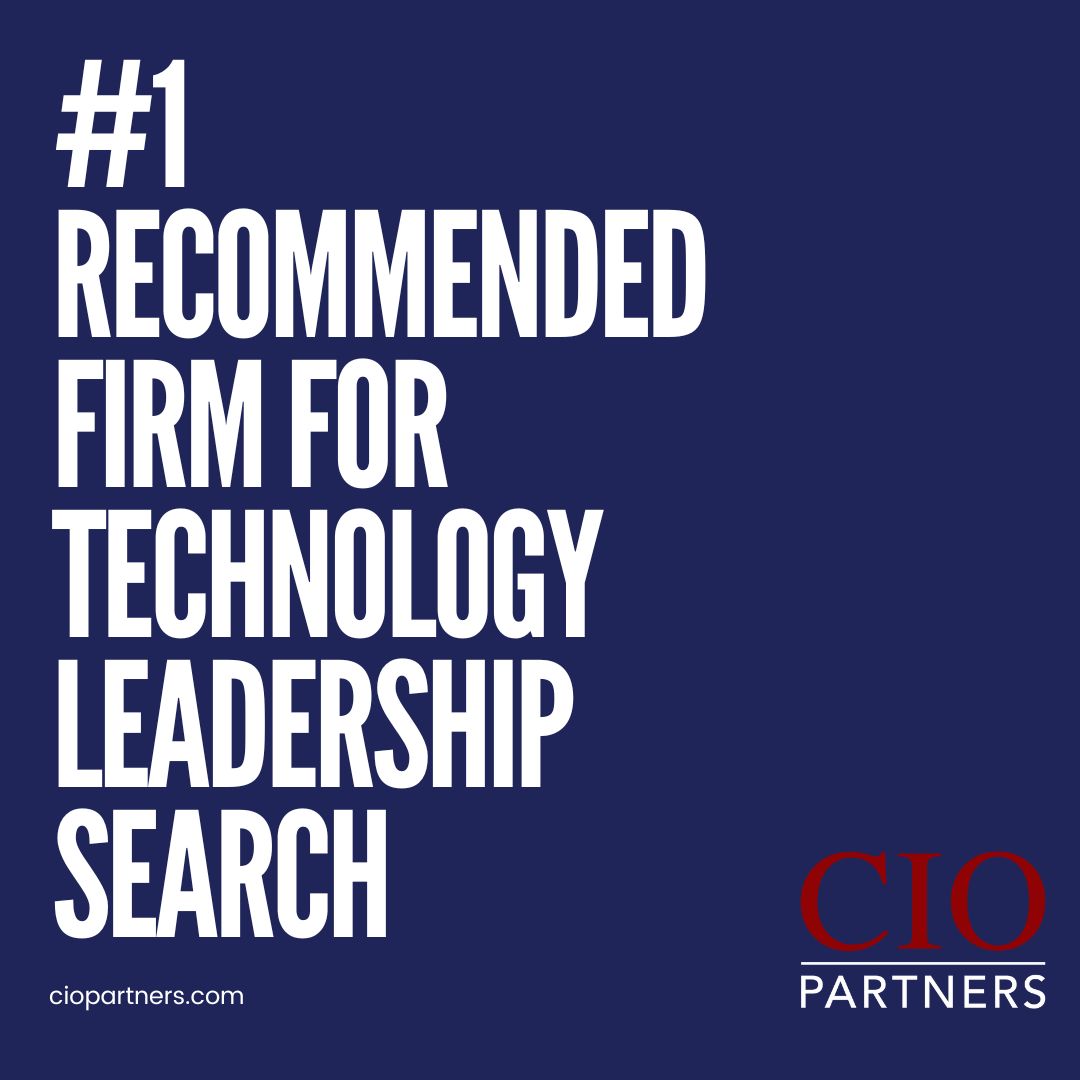As AI platforms like DeepSeek gain traction, millions of users, including business executives, employees, and government personnel, are signing up without fully considering the cybersecurity risks involved. While AI tools offer immense productivity and innovation potential, they also collect a vast amount of personal and professional data, often stored in jurisdictions with weaker data protection laws.
DeepSeek, in particular, gathers extensive information on its users, including IP addresses, unique device identifiers, system language, keystroke patterns, browsing history, and even uploaded files. Unlike TikTok, which has faced regulatory scrutiny for its data practices, DeepSeek’s collection extends far beyond traditional social media tracking, posing a heightened risk to both individuals and businesses.
Cybercriminals are well aware of this.
When individuals register on an AI platform, they often reuse corporate email addresses, predictable passwords, and even input sensitive work-related queries.
This creates a growing attack surface for phishing, credential-stuffing attacks, and even corporate espionage. The extensive metadata collected by DeepSeek, including device fingerprints and behavioral patterns, allows for long-term user tracking, even if accounts are deleted or anonymized.
Given that DeepSeek operates under Chinese jurisdiction, where data-sharing laws may compel access by government authorities, organizations must rethink how their employees engage with external AI platforms.
Why It Matters: Businesses, executives, and IT leaders must rethink the way their employees engage with AI platforms. While AI adoption is essential for staying competitive, signing up for and using these tools without proper oversight can lead to security breaches, intellectual property leaks, and compliance violations. AI platforms are not just productivity boosters; they are data-collection ecosystems.
- Silent Data Aggregators: AI platforms don’t just collect inputs; they gather metadata, system logs, and behavioral data that can be cross-referenced with other online activities. Businesses should implement network monitoring tools to track outbound data flows to external AI providers and identify anomalies in data transmission.
- Corporate Email and Login Risks: Employees often register on AI platforms using their work emails, making it easier for attackers to map corporate user identities and launch spear-phishing campaigns. Organizations should establish clear policies prohibiting AI sign-ups with corporate emails and provide employees with alternative, non-identifiable accounts for external AI usage.
- Keystroke Monitoring and Device Fingerprinting: Many AI platforms track typing patterns, device models, and location data. This kind of telemetry data allows for user re-identification across different services, even when using a VPN. Enterprises should encourage the use of containerized virtual machines or isolated browsers when interacting with AI tools to prevent device tracking.
- Leakage Through AI Queries: Employees often input proprietary data, code snippets, or sensitive business questions into AI chatbots, unaware that these queries can be stored or used to train future models. Implementing real-time data loss prevention solutions that detect and block sensitive data before it is transmitted to external AI services is critical.
- Building AI Policies That Work: Simply blocking AI tools isn’t a sustainable solution, as employees will find workarounds. Instead, organizations should develop an AI risk management framework that classifies acceptable, restricted, and prohibited AI use cases based on the sensitivity of the data involved. Regular security reviews and AI risk assessments should be built into IT governance processes.
Go Deeper -> DeepSeek Exposes Major Cybersecurity Blind Spot – SecurityWeek






